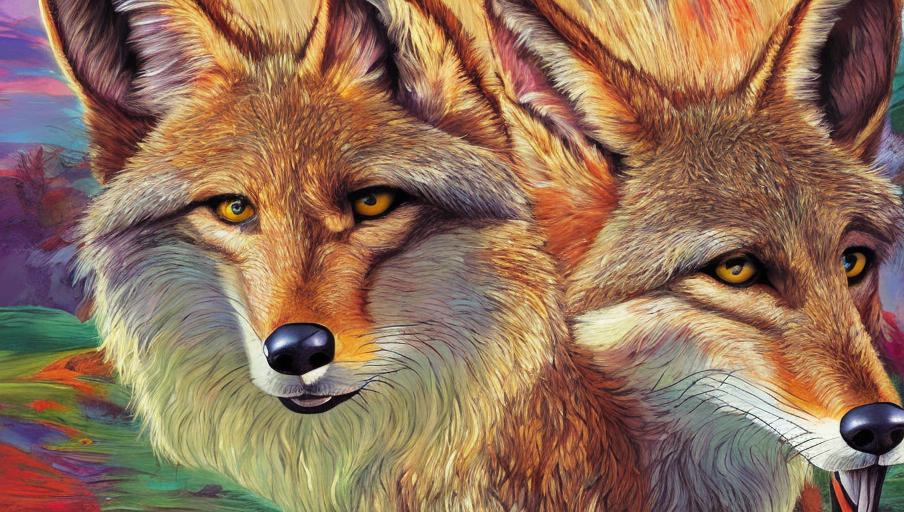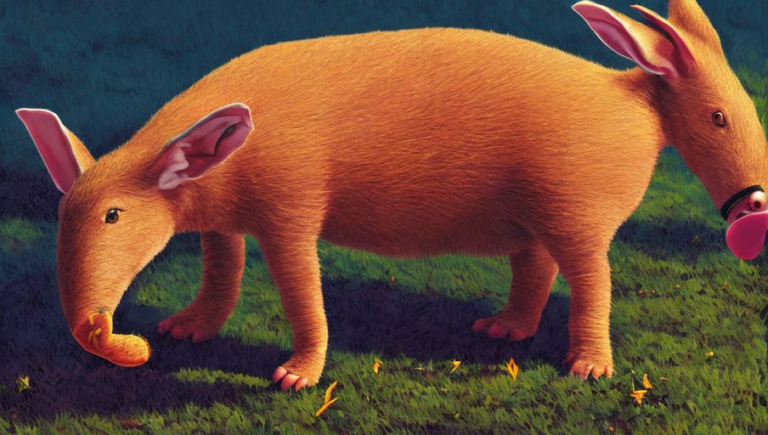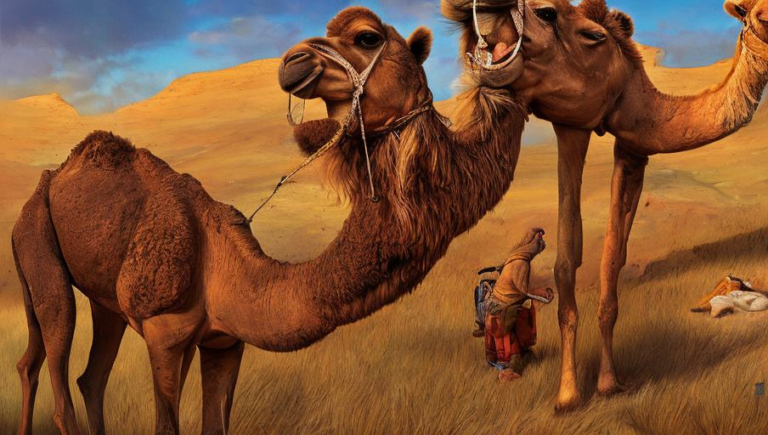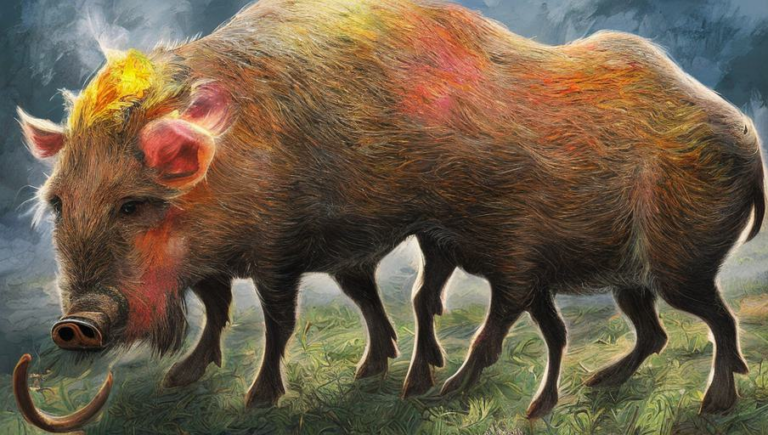On the Run: The Coyote’s Tactics for Evading Predators

Introduction
The coyote is a medium-sized wild canid that is found throughout North and Central America. The coyote is found in a wide range of habitats and is highly adaptable to its environment. It has a varied diet that includes small mammals, insects, fruits, and carrion. The coyote is an important predator in many ecosystems, and its presence often helps to maintain balance in the natural food chain.
Evasion Tactics
Coyotes have developed a number of tactics to evade their predators. They are fast runners and can reach speeds of up to 40 mph. They also have a keen sense of smell and hearing, which helps them to detect potential danger from a distance. They also have excellent vision, which allows them to spot danger quickly.
Coyotes also have the ability to change their behavior according to the environment. In areas with dense vegetation, they often stalk their prey by keeping their bodies low to the ground. In open areas, they are more likely to use their speed and agility to escape potential predators.
Coyotes are also skilled climbers and can scale trees and rocky cliffs with ease. This allows them to escape potential danger or to gain a better vantage point to survey their surroundings.
Social Behavior
Coyotes are known to form small family groups, which can include a mated pair and their offspring. These family groups often help each other to deter potential predators. When a coyote senses danger, it will often call out a warning to the other members of its group, which gives them time to scatter and hide.
Coyotes are also known to use vocalizations to communicate with each other. This includes howls, yips, and barks which can be used to convey messages about food sources, potential threats, and the location of the group.
Conclusion
The coyote is a highly adaptable and resourceful animal that has developed a number of tactics to evade its predators. Its agility, speed, and ability to climb trees and rocky cliffs make it a difficult target for potential predators. Its social behavior also helps it to stay one step ahead of danger, as its family groups are capable of quickly dispersing when danger is close.





